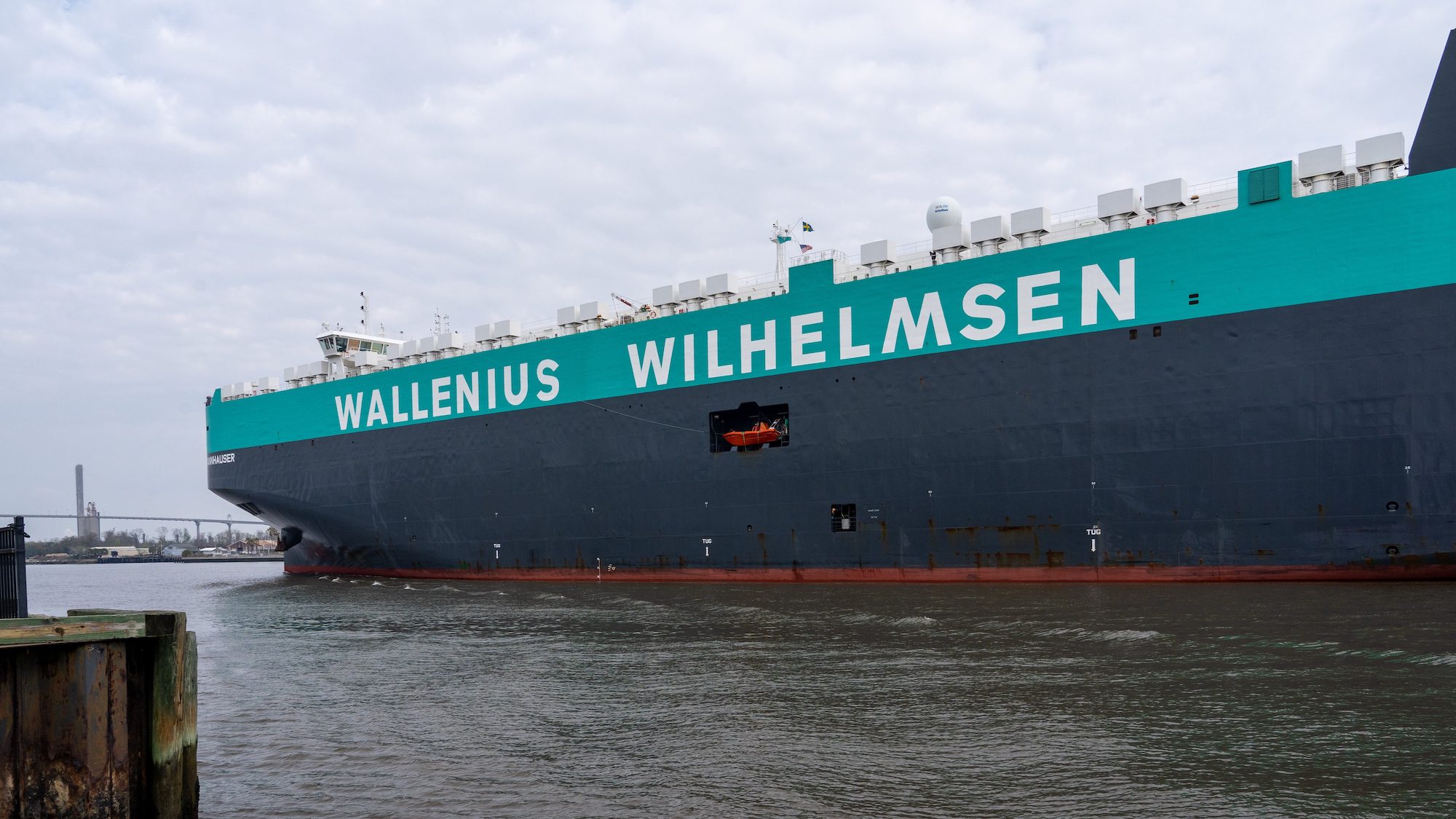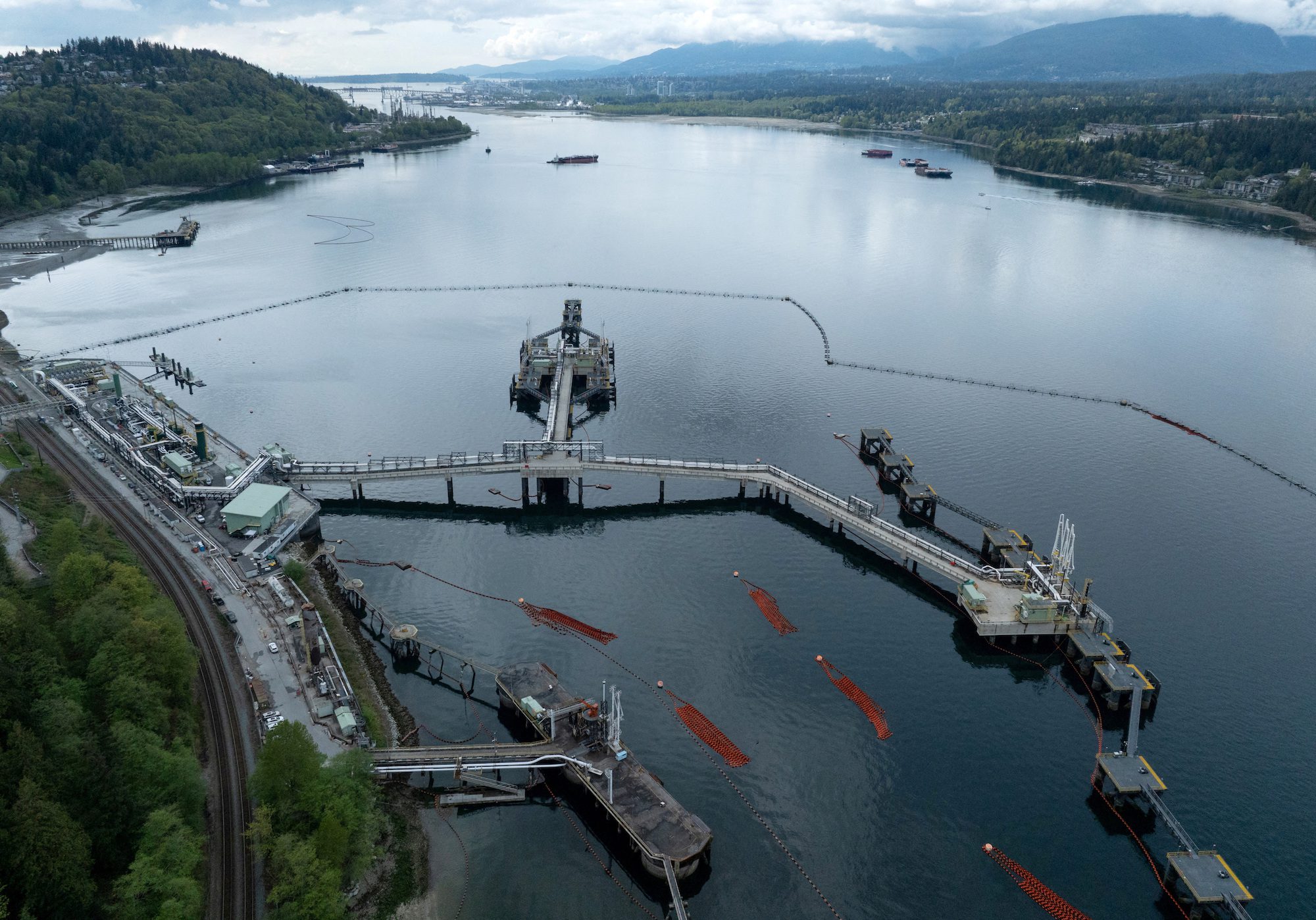By Captain Rahul Khanna
The tragic collapse of Baltimore’s Francis Scott Key Bridge in the US after it was hit by the container ship Dali made headlines around the world. While such incidents of this magnitude are thankfully rare – there were just 35 major bridge collapses worldwide involving ships or barges between 1960 and 2015 – the fact that ships are getting bigger can make a number of different events more complicated when accidents do occur.
Larger vessels require careful consideration when navigating in restricted waters, especially when it comes to stopping distance. Ultimately, larger vessels on the seas are not resulting in a higher frequency of accidents but when something does go wrong, the scale of the damage is likely to be much more severe because of their size and the fact that surrounding civil infrastructure did not anticipate such behemoths. Back in the 1970s, when the Francis Scott Key Bridge was built, container ships would have been less than half the size of the Dali, which is the length of three football fields, but is still nowhere near as large as some of the biggest vessels now transporting goods around the world.
The Baltimore bridge incident has also put the potential risks from power blackouts into the safety spotlight. Loss of propulsion is not an uncommon occurrence. According to analysis of incident reports, more than 400 cargo ships have reported losing power over the past three years in US waters. About a quarter of these incidents occurred near a port, bridge, or other infrastructure. Given the size and complexity of today’s vessels, a problem with engines or fuel can quickly turn into a major disaster.
Fire remains a major cause of loss for large vessels and last year saw several major fires involving Ro-ro vessels and car carriers, the latest in a long list of recent incidents. Ro-ros can be more exposed to fire and stability issues than other vessels, due to the nature of their cargo and their design.
The incidents in 2023 have coincided with the ongoing debate about the fire risks of transporting electric vehicles (EVs) powered by lithium-ion batteries. Several Ro-ro ferry and car carrier operators have taken a cautious approach to transporting EVs while insurers have highlighted additional risks associated with lithium-ion batteries, as well as the need to upgrade firefighting capabilities of Ro-ros accordingly. The transportation of consumer goods, such as e-scooters, that contain lithiumion batteries is still not as good as it needs to be.
Employees need to be trained in recognizing possibly damaged, or suspect batteries. In addition, all parties (suppliers, shippers, third party transporters, carriers, vessel crews and port and terminal workforces) must also be trained and drilled in the protocols that their employer should develop in case of an incident or the discovery of a suspect battery.
As industry and regulatory standards continue to evolve and be implemented, and technical solutions that could reduce the impact of any fire emerge, there is a benefit in supply chain transporters being proactive in this way, even though it may not yet be required by the various governing regulations. The cost of training will be infinitesimal compared to the cost of any major incident involving lithium-ion batteries.
While the maritime industry continues to benefit from the efficiencies of larger vessels, addressing the safety challenges they pose remains crucial. Improved navigation, robust power systems, enhanced firefighting capabilities, and stringent protocols for hazardous cargo are all essential to lower the risks of accidents and ensure the safety of maritime transport.
Rahul Khanna is the Global Head of Marine Risk Consulting at Allianz Commercial, which produces the annual Safety & Shipping Review report on shipping insurance claims.
Unlock Exclusive Insights Today!
Join the gCaptain Club for curated content, insider opinions, and vibrant community discussions.

 Join The Club
Join The Club













